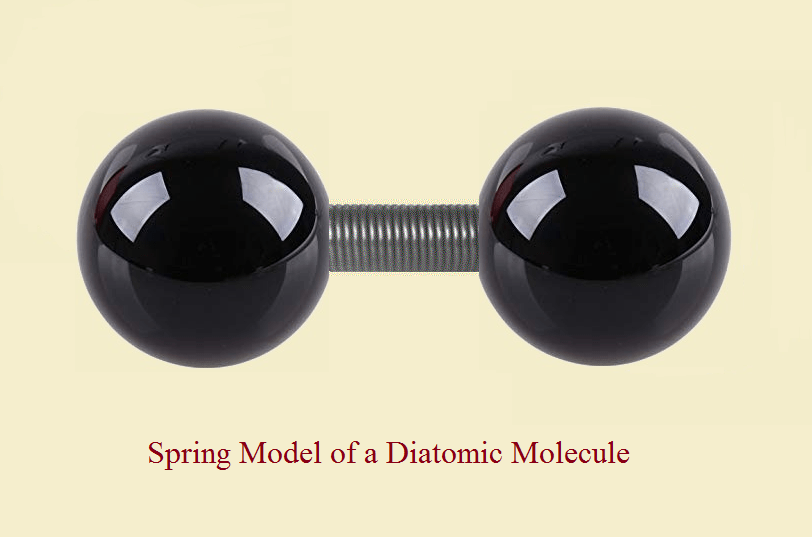Diatomic Molecules: Degrees of Freedom and Equipartition of Energy
[caption id="attachment_24378" align="alignright" width="480"] A useful, but rough working model[/caption] Diatomic molecules have three translational degrees of freedom – but they have rotational and vibrational varieties as well. How do all these degrees of freedom relate to the distribution of molecular energy? To Begin With The location of any particle lies within three-dimensional space. The direction in which a particle moves is described by the three variables, usually written X, Y, and Z. As Ken Koehler of the University of Cincinnati informs us, atoms may be viewed as single points without size – so there are only three translational degrees of freedom for a given atom. Degree of Freedom of Diatomic Molecules Although it’s tempting to assume only three degrees of freedom exist for all “particles,” such is not the…

